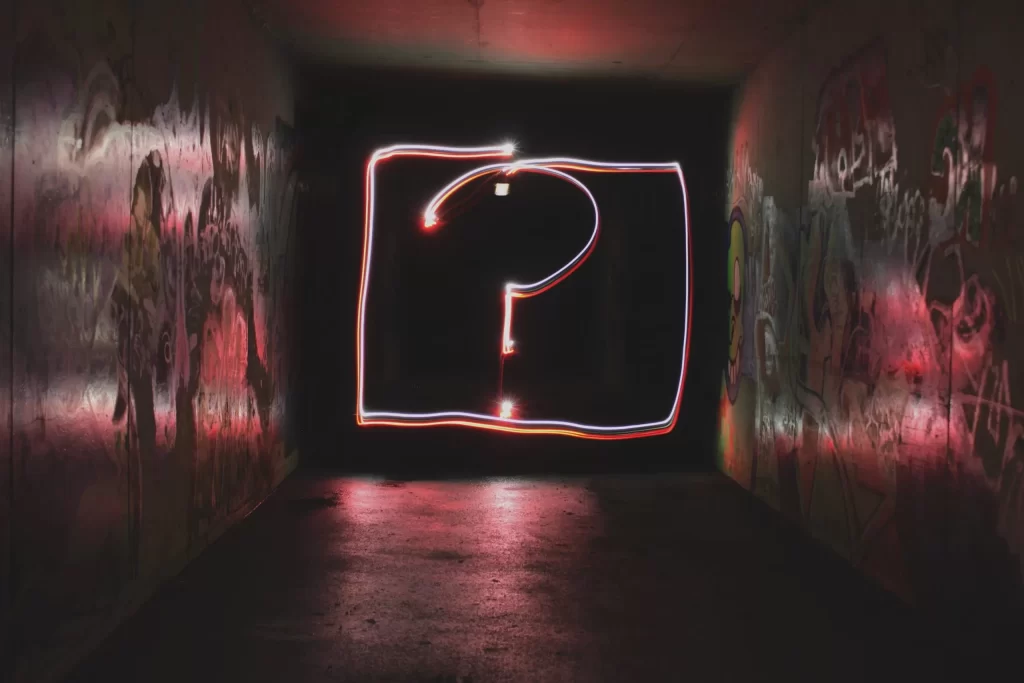The silent trend for blockchain quietly gains momentum. This relatively young technology has already transformed the way data is stored and accessed, and although previously it was inseparably linked to cryptocurrencies, today it impacts every single industry.
So how could it happen for just a decade? What shifts to expect from the blockchain? This blog-post aims at answering these questions, overviewing how blockchain changed since its inception, pointing out the main benefits it is ready to offer today, and showing how different industries can take advantage of this technology.
Stages of The Blockchain Evolution
Knowing about the evolution stages blockchain has come through is initial for the understanding of its current trendy nature, as well as predicting ways it can further evolve. So to start with, let’s have a look at the process of blockchain versioning from 1.0 to 4.0.
Blockchain 1.0: Cryptocurrency
The history of blockchain has started in 2008 when the technology was conceptualized by Satoshi Nakamoto and then used as a core component of the cryptocurrency Bitcoin. A public ledger — a record-keeping system that maintains participants’ identities in a secure and anonymous format, has attracted a lot of attention from bankers, lawyers, accountants, and governments because of its potential to change both economic and operational models.
Blockchain 2.0: Smart Contracts
With the introduction of Ethereum, blockchain technology was complemented with smart contracts — autonomous computer programs that execute automatically in the blockchain. Defining and automatically enforcing obligations related to the agreement between different parties, smart contracts have become a perfect solution for simplifying and automating routine and repetitive processes, alongside ensuring their security and objectiveness.
Blockchain 3.0: DApps
The concept of DApps (decentralized applications) was also originally linked to the Ethereum platform, and already mentioned smart contracts in particular. In short, the formula for DApp is the following: frontend + smart contracts.
DApps are blockchain-based user-facing interfaces that connect end-users with the technology with the help of smart contracts. Such a new generation of apps opened up space for wider blockchain usage, offering efficiency, flexibility, and security — all in a user-friendly environment.
Blockchain 4.0: Industrial Applications
The 4.0 version is what happens right now, with more and more businesses adopting blockchain and making it the core element of their technological solutions. In other words, the current shift is for making blockchain fit real-life business scenarios. Does it work? Let’s see in some examples.
5 Industries Leveraging Blockchain

Even today, there are at least several use cases for blockchain in every industry. In this part, we will disclose some potential and existing uses cases for blockchain in such industries as finance, healthcare, insurance, retail & eCommerce, and media & entertainment.
Banking & Finance
Crypto-payments are far from the only option for using blockchain technology in the financial sector. In banking, blockchain:
- Improves clearing and settlement procedures;
- Opens up new options for trading;
- Eliminates shortcomings in cross-border payments;
- Enhance anti-money laundering;
- Secure record sharing and storage;
- Increase transparency of processes, etc.
Healthcare
It is no secret that technological innovations work miracles for medicine, and blockchain is no exception. With a constantly growing need for more secure, stable, and reliable solutions for the healthcare industry, blockchain often becomes the answer. It allows:
- Securing processes of medical history management and sharing;
- Facilitating payment processing;
- Simplifying the process of credential verification for physicians;
- Improving consent management;
- Finding people for medical trails;
- Managing and accessing data for research purposes;
- Improving drug supply chain, etc.
Insurance
Blockchain has all the ingredients needed for the rapid optimization of processes related to insurance. It allows developing solutions for the insurance sector with advanced options for:
- Fraud prevention;
- Risk prevention;
- Policy creation and processing of claims;
- Reinsurance, etc.
Retail & Ecommerce
As the most challenging task of e-commerce and retail application development is to increase customer satisfaction through the enhancement of the industry-related processes, blockchain becomes a perfect solution for several good reasons. It allows:
- Increasing transparency in the supply chain;
- Securing businesses from cyber hacks;
- Cryptocurrency payments;
- Improving processes related to customer identity;
- Attaining tax refunds from purchases, etc.
Media & Entertainment
Protection and monetization of intellectual property are the key challenges media & entertainment players are facing. So how can blockchain help make M&E applications better? It opens up space for:
- Micropayments for content;
- Royalty distribution;
- C2C sales options;
- Crypto-payments, etc.
As you can see, there are numerous use cases for this technology, from blockchain as a service to secure data exchange networks, and they are not limited by these five industries. But are there any general benefits every business can enjoy? For sure!
Blockchain: What is it Good For?

Here are the main reasons why blockchain is worthy of being considered as a business solution:
Efficiency
As there are no intermediaries, blockchain eliminates certain issues often created by middlemen’s involvement in processes.
Data Security
Smart contracts operating in the blockchain make unauthorized actions impossible, protecting business money and reputation.
Traceability
Advanced options for tracking (for example, tracking goods in a supply chain), make blockchain a perfect solution for addressing risky issues.
Transparency
Blockchain allows strengthening both B2B and B2C relations, creating more trust and building a healthier environment for partnership.
No Fees
Because there are no third parties involved in money transactions, there is no need to pay fees to intermediaries like brokers, lawyers, and bankers.
Credibility
Blockchain keeps records on every conducted transaction, ensuring its accessibility for audit trial.
Quality
With blockchain, it is always possible to trace the process from its beginning to the end, which is quite useful when something goes wrong and the situation requires investigation.
So Where is the Revolution?
As we said before, the blockchain revolution is silent, but it happens right now, in front of your eyes, even if you don’t notice it. It is best shown in statistical numbers borrowed from statista.com and pointed below.
- The blockchain market is expected to climb to over 23.3 billion U.S. dollars in size by 2023. In 2018, the size of the market was $ 1.2 billion.
- This year, blockchain start-up companies worldwide had amassed 783 million U.S. dollars in investment funding, with the financial sector being the quickest to invest in the technology.
- The global spending on blockchain solutions in 2019 is about 2.7 billion U.S. dollars.
- The biggest share of spendings on blockchain among retailers, brands, manufacturers, and logistics service providers in 2019 is towards understanding the technology: 38.2 % of retailers, brands & manufacturers and 55.3 % of logistics service providers.
Statistics signalize that the trend for blockchain will continue to grow, and if there is the best time to take advantage of this promising technology — it is now.
So are you ready for blockchain solution becoming a part of your business? Whether you are positive, negative, or not sure about its adoption, we are here to answer all of your questions about blockchain application development. Contact us anytime, and thank you for reading.









